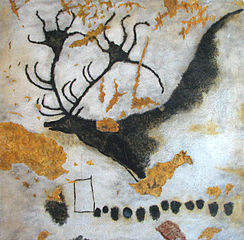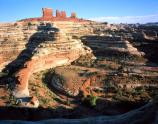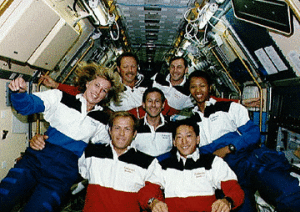
Caves of Lascaux
Lascaux was discovered in 1940. Located in southwestern France, the Lascaux cave was found by a young man named Marcel Ravidat. The series of caves contain about 6,000 paintings, which can be organized into three groups: animals, humans, and abstract creations. The cave was opened to tourists in 1948, but light, changes in air temperature, and carbon dioxide exhaled by humans took a toll on the works of art. The real cave was closed in 1963, and a simulation of the cave was opened nearby. Mold in the real cave continues to be a problem. Children can visit the official (and amazing) website at: Caves of Lascaux.

